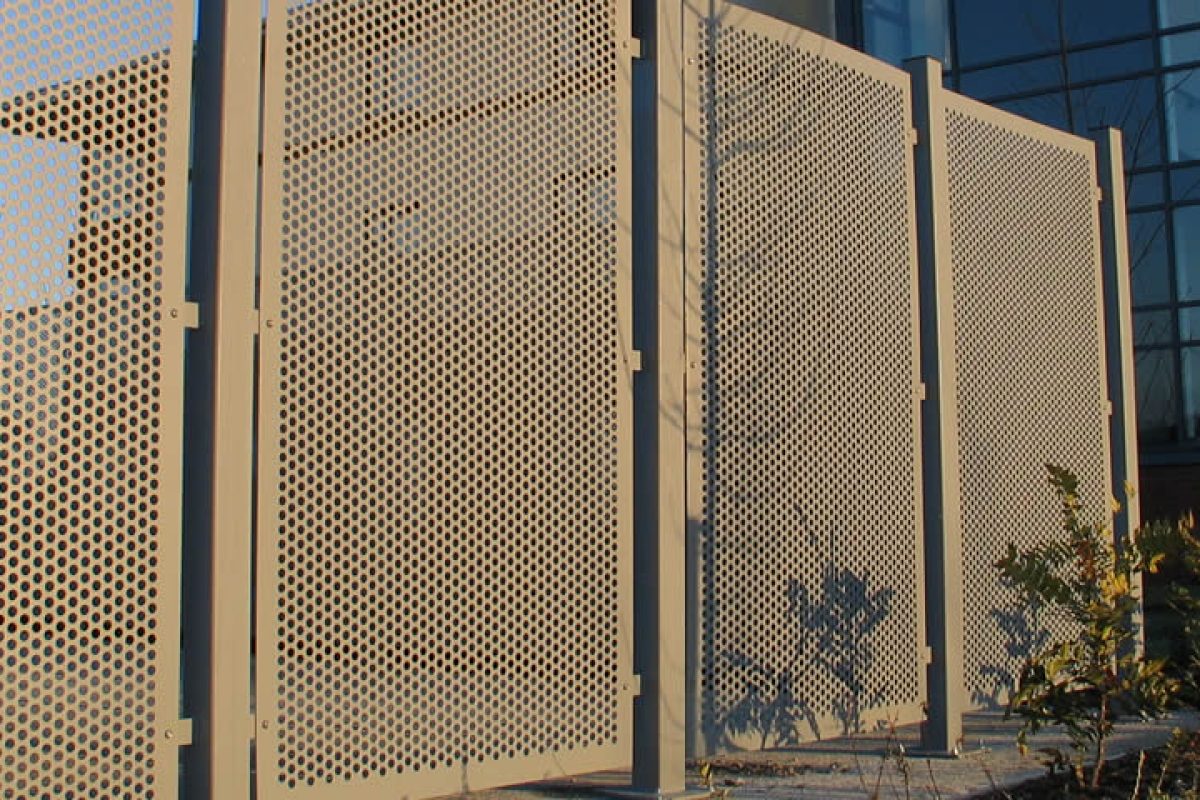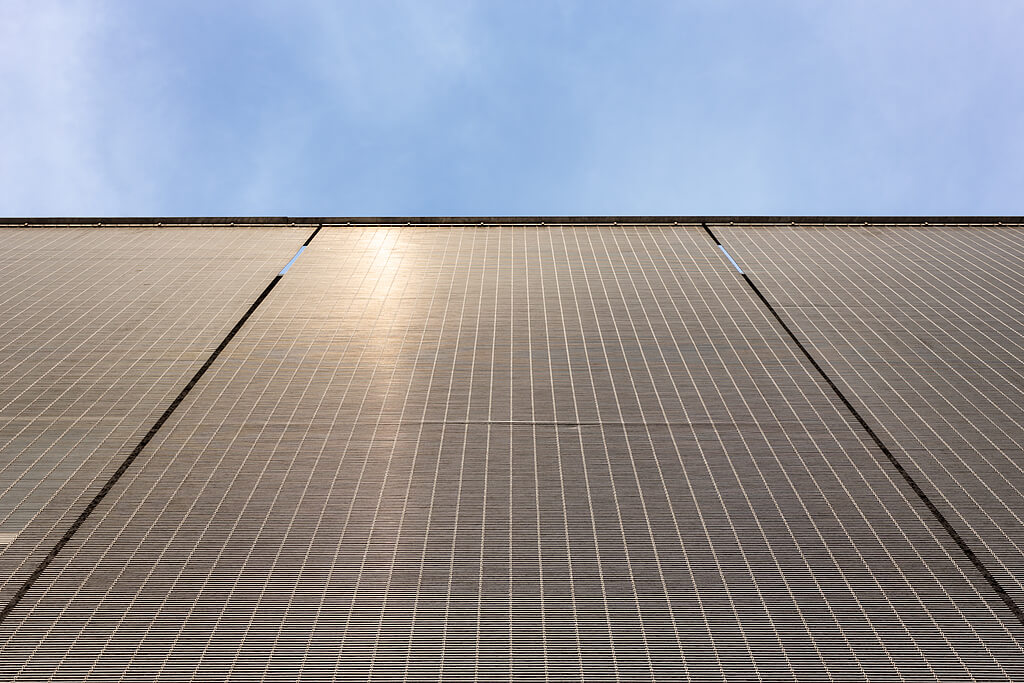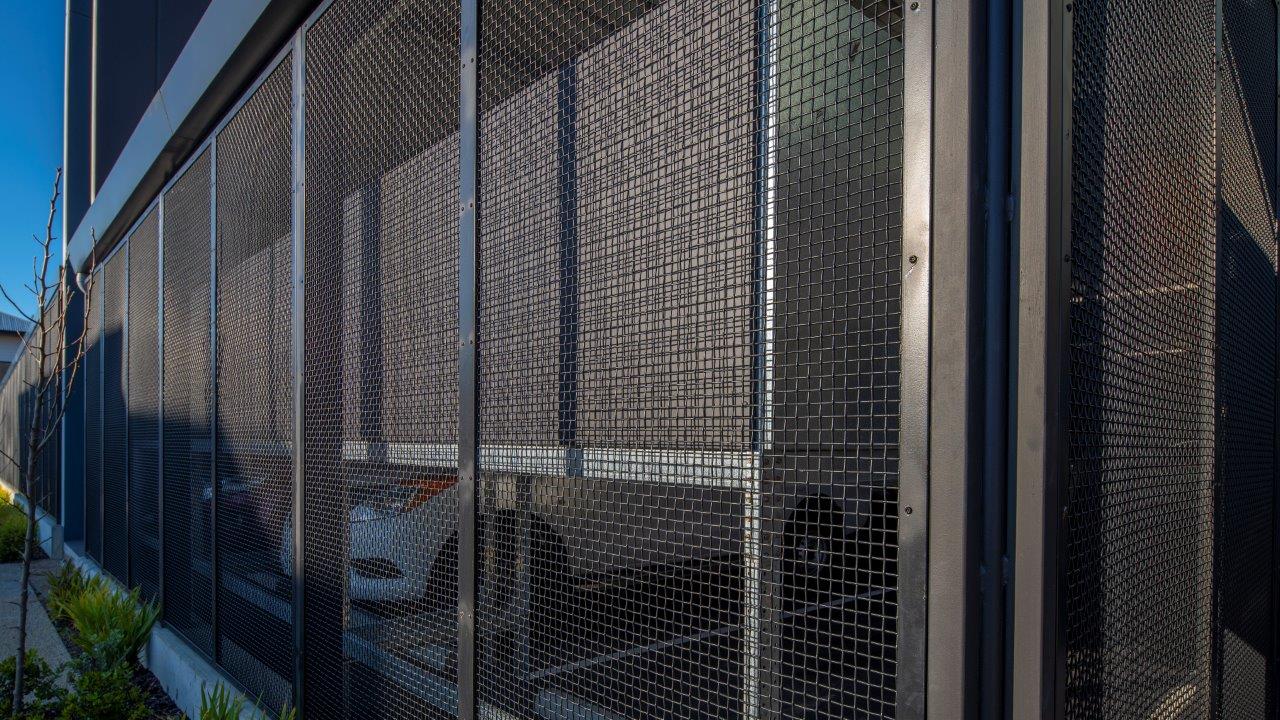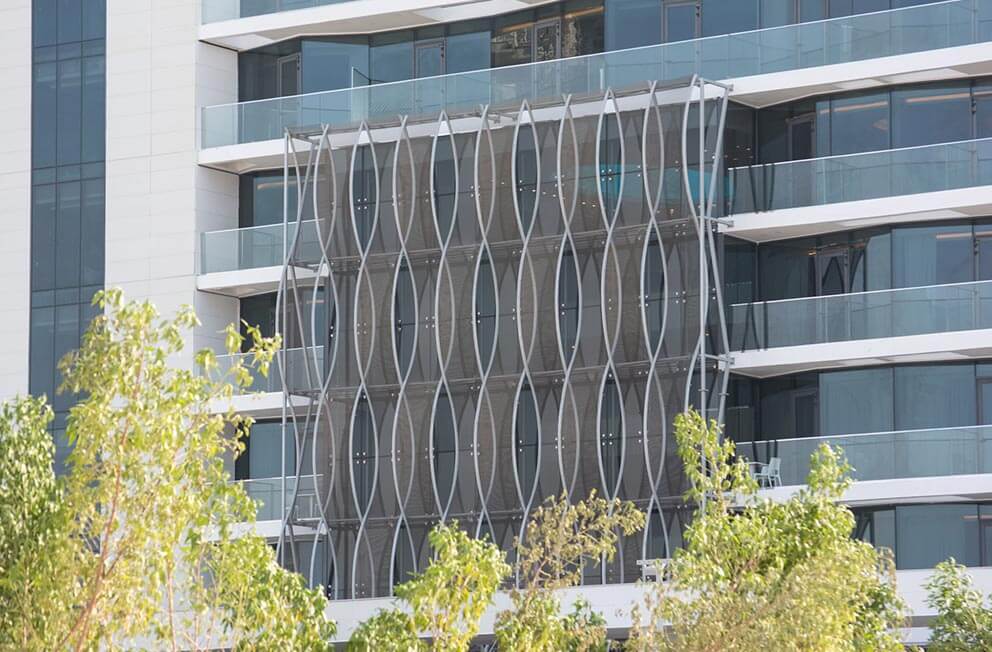In the modern era of architecture, materials no longer serve a purely functional role—they are part of the design language that defines the identity of a space. Among the emerging options, decorative wire mesh has distinguished itself as a transformative material that blends aesthetics, durability, and environmental performance. By using metal mesh in façades, partitions, ceilings, and other architectural elements, designers are discovering new ways to enhance the visual appeal and functional intelligence of buildings.
The Aesthetic Edge of Decorative Wire Mesh
Decorative wire mesh opens up a broad visual palette for architects and designers. Its ability to manipulate light and shadow through varying patterns and apertures enables dynamic interaction with both natural and artificial lighting. Whether used as a building’s external envelope or as an interior screen, the mesh casts intricate shadows, reflects light in surprising ways, and adds a sense of depth and movement to otherwise flat surfaces.
For example, a stainless steel mesh façade can project shifting patterns on interior walls as the sun moves throughout the day, offering a constantly changing aesthetic experience. Similarly, brass mesh panels can create a warm, luxurious glow when backlit at night, elevating the appearance of a building’s entrance or reception area.
Functional Performance Meets Visual Elegance
Beyond its artistic qualities, decorative wire mesh also contributes significantly to a building’s performance. The mesh’s open structure allows for controlled airflow and natural ventilation, making it a natural choice for energy-efficient design. As a façade material, it can function as a “breathing wall” that reduces the reliance on HVAC systems by promoting passive cooling.
Moreover, wire mesh provides excellent solar shading. Unlike solid cladding materials, it filters sunlight without completely blocking it, reducing glare while allowing diffused natural light to enter the space. This enhances occupant comfort while lowering lighting and cooling costs. The high reflectivity of certain finishes—such as anodized aluminum or mirror-polished stainless steel—can also minimize heat absorption and contribute to a cooler interior environment.
Lightweight Structure, Bold Design Possibilities
One of the most compelling reasons to use decorative wire mesh in architecture is its lightweight nature. At a fraction of the weight of glass, concrete, or even wood, metal mesh panels are easy to transport, handle, and install. This lightweight quality allows for more daring and innovative designs, such as curved ceilings, spiraling staircases, or three-dimensional curtain walls.
Additionally, metal mesh enables intricate geometric designs that would be impossible with bulkier materials. It can be used to create custom-shaped installations, hyperbolic mesh shells, and unique wave-like textures that add a futuristic look to any space. These features make the material ideal for architectural landmarks and statement buildings.
Sustainability and Safety Advantages
With increasing emphasis on green building standards, decorative wire mesh checks multiple boxes for sustainability. It is non-combustible, fully recyclable, and can be produced from environmentally friendly materials such as stainless steel, aluminum, and brass. Unlike plastics or treated woods, it does not emit harmful volatile organic compounds (VOCs), making it ideal for interior applications in schools, hospitals, and public spaces.
In terms of safety, its fire resistance is a major advantage. Many wire mesh systems meet or exceed fire rating standards, providing more than two hours of fire resistance. This makes it a valuable addition to egress routes, stairwells, and other high-risk areas.
Customization Unlocks Creative Potential
Thanks to advanced manufacturing technologies such as CNC cutting, laser welding, and multi-axis tension systems, decorative wire mesh can now be custom-tailored to meet the unique requirements of any project. Architects can specify mesh types, opening sizes, wire thickness, and patterns to suit the specific vision and performance needs of a building.
Surface finishes further enhance customization. Whether the goal is a brushed matte effect for a minimalist office, an antique bronze for a historical restoration, or a gold-plated shimmer for a luxury hotel lobby, the right finish can transform the character of a space.
A New Standard for Architectural Design
Decorative wire mesh is more than just a material—it’s a design solution that brings together strength, beauty, and sustainability. From modern commercial buildings to cultural institutions and high-end residences, it redefines how surfaces interact with light, air, and human movement. Its ability to serve both as a decorative feature and a functional building component makes it one of the most versatile and forward-thinking materials available today.
As demand continues to grow for materials that perform well while making a bold visual statement, decorative wire mesh stands out as a smart investment in both form and function.
Please email us via the contact form below, we’ll get back to you as soon as possible.




